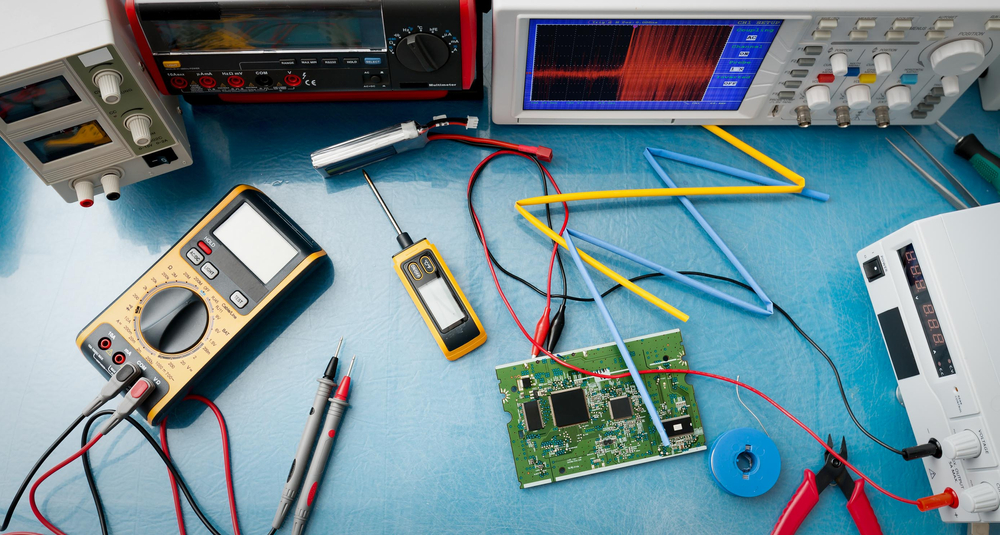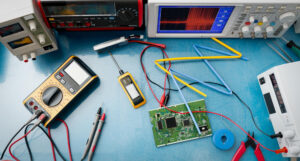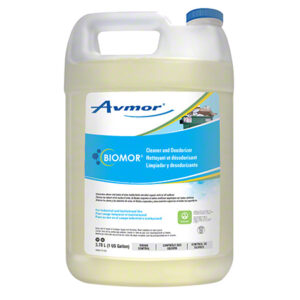Common Power Quality Issues and How Solutions Can Fix Them
Power quality issues are not merely a minor inconvenience; they can result in significant downtime, equipment damage

Power quality is crucial for the smooth functioning of any electrical system. When issues arise, they can cause significant damage to equipment, disrupt operations, and lead to financial losses. Understanding the common power quality problems and how to address them is essential for preventing these disruptions. Fortunately, with the right power quality solutions, businesses and homeowners can protect their systems and enhance efficiency. This article will examine the most common power quality issues and the effective solutions that can address them.
Voltage Sags and Dips
Voltage sags, also known as voltage dips, occur when the voltage drops below normal levels for a brief period. High current demands or system faults often cause these issues. The primary impact of voltage sags is the shutdown of sensitive equipment, causing data loss and operational delays.
Solution: To mitigate this issue, power quality solutions such as Uninterruptible Power Supplies (UPS) and voltage regulators can be implemented. A UPS provides backup power during dips, while a voltage regulator ensures a consistent voltage supply.
Voltage Surges and Swells
Voltage surges are brief, sharp increases in voltage, while swells are longer-duration increases. Both issues can be caused by large loads being switched on or off in the power grid. Surges and swells can damage sensitive electrical equipment.
Solution: Surge protectors and proper system grounding can protect against these issues. Installing surge protectors prevents sudden voltage spikes from reaching critical devices, while grounding provides an additional layer of protection against surges.
Transients and Spikes
Transients are short, high-energy bursts of electricity that typically occur due to lightning strikes, equipment switching, or electrical faults. These spikes can cause severe damage to electronics and sensitive machinery.
Solution: To combat transients and spikes, power quality solutions such as transient voltage surge suppressors (TVSS) and surge suppressors can be installed. These devices help absorb excess energy from transients, preventing damage to equipment.
Harmonic Distortion
Harmonic distortion occurs when the normal waveform of electricity is distorted due to non-linear loads, such as computers, fluorescent lights, and specific industrial equipment. This distortion leads to overheating, system inefficiencies, and the malfunctioning of electrical equipment.
Solution: The solution to harmonic distortion lies in the use of harmonic filters, which help clean up the electricity supply by removing the unwanted harmonics. Active and passive filters can be deployed to ensure that the electrical current remains stable and clean.
Frequency Variations
Frequency variations occur when the frequency of the power supply fluctuates from the standard 50/60 Hz. These variations can cause motors to perform poorly, leading to mechanical stress, reduced efficiency, and potential failure.
Solution: Load balancing and frequency regulators help address frequency variations. By regulating the load and ensuring a stable supply, these solutions maintain a steady frequency, preventing issues with motor-driven equipment.
Power Factor Problems
A low power factor indicates poor efficiency in the electrical system, leading to higher costs and the potential for penalties from utility providers. This problem often arises due to inductive loads such as motors and transformers.
Solution: To improve power factor, businesses can use power factor correction devices such as capacitor banks. These devices help improve the efficiency of the electrical system, reducing losses and optimizing electricity use.
Conclusion
Power quality issues are not merely a minor inconvenience; they can result in significant downtime, equipment damage, and increased operational costs. Fortunately, with the right power quality solutions, businesses can mitigate these problems and maintain a stable, efficient electrical system. Implementing solutions such as UPS systems, surge protectors, harmonic filters, and power factor correction devices can help prevent these common issues from disrupting operations. Regular maintenance and monitoring are essential to ensure that these solutions continue to perform effectively, safeguarding both the equipment and the bottom line.




